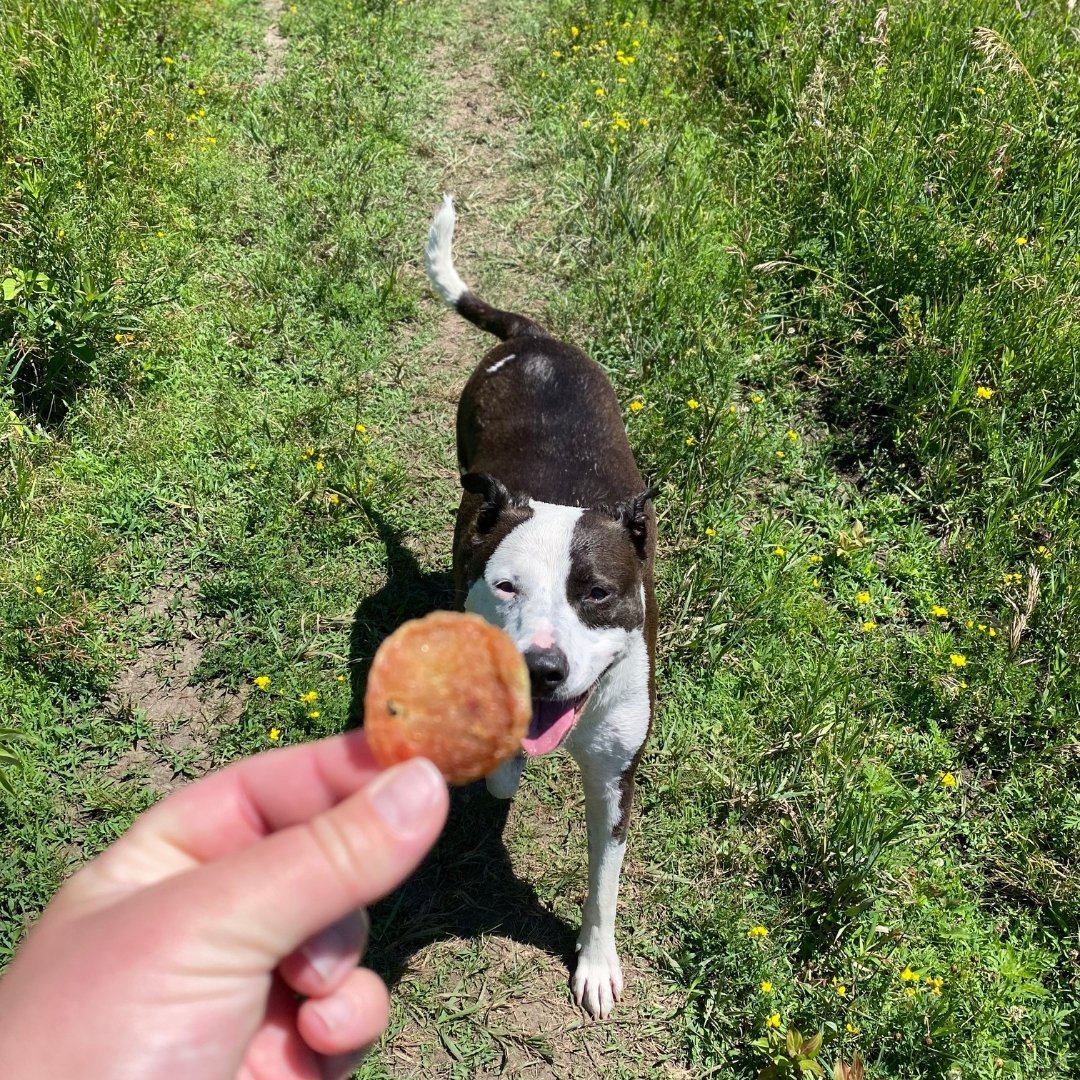
Dog owners let's chat Lyme disease! I’m sure you've all heard about ticks and if you live in places where they are present it's common practice to have your dogs on flea and tick preventative. With those little creatures existing in our echo system comes Lyme disease! Did you hear about it? Do you know how it transfers from tick to animal? Do you know the symptoms?


FACTS
Ticks are not born with Lyme disease. They have 4 life stages during which they feed on animals such as squirrels, deer, and/or birds. Ticks get infected while feeding on animals like mice or other small rodents.
There’s about 700-850 species of ticks. Yes, you read it right!! You can find over 90 types in United States but not all of them carry the Lyme bacteria.
In the USA, there are 9 types of ticks that are known to bite and transmit disease to humans:
1. American dog tick
2. Blacklegged “deer” tick
3. Brown dog tick
4. Groundhog tick
5. Lone star tick
6. Pacific coast tick
7. Rocky Mountain woof tick
8. Soft tick
9. Western blacklegged tick
If you are bitten by a tick, you can send it to
Igenex or Tick report. They will test it to see if the tick carries the pathogens that can lead to tick born illness.
PREVENTION
Make sure your dog is on preventative care treatment. There are also extra sprays, shampoos, etc. that you can use on top of preventative.
If you buy any topical spray for yourself or dog, make sure there’s no DEET in it.
DEET is safe for humans but not for animals. If you use it on yourself, make sure dogs or cats don’t lick it off of you. You cannot use it on dogs or cats (it is also not recommended for young children)! DEET can cause neurological problems or even death in these animals!
SYMPTOMS
The main signs and symptoms are lameness, swollen lymph nodes, joint swelling, fatigue, and loss of appetite. In addition, serious kidney complications have been associated with Lyme disease in dogs.
With that being said only 5-10% of infected animals show clinical symptoms. Typically, they occur at the chronic disease stage after about 2-5 months after infection although it’s possible for signs to develop much later.
As always, enjoy your outdoor time with your puppers. Be aware of the concern of ticks latching on while you are spending time in the great outdoors. Checking yourself, children, and all pets after being outside is highly recommended.
Thanks again, Anna, for writing this great informative blog for all of our readers!
Treat you Delightful Doggos next week!














